There are lenses for pretty much every requirement these days. Uber wide angles, super telephotos, zooms to cover virtual every millimetre of focal length. They are however expensive. A good, fast lens for any system is probably going to cost upwards of $1000, a fair chunk of change if you are on a budget. Fortunately there are a couple of tools that we can use to modify the focal length of our lenses – teleconvertors and focal reducers. The former have been around for a while whilst the latter are the new kids on the block. Today we are going to give you a brief guide to both.
Focal Reducers
We will kick off with the newer class of lens convertor. These have only been around since the digital age. The reason for this is that they address a particular digital issue – crop factor.
As many of you will know, using a sensor smaller than full frame with a full frame lens means that your apparent focal length is increased. In fact what is happening is the field of view becomes narrower. In the case of APS-C sensors this is by a factor of 1.5 so a 50mm lens gives the equivalent field of view of a 75mm lens on full frame. For micro 4/3rds the factor is x2. Of course this means that focal reducers are only suitable for cropped sensor cameras.
Focal reducers work because they sit between the camera and the lens and focus the light coming through the lens down to close to the correct size of the sensor. In most cases the focal reducer decreases the focal length by around 0.75 to 0.65 times. So a lens giving you 100mm equivalent will become 70mm using a 0.7 focal reducer. As you would imagine this is particularly useful for smaller sensor camera users wanting wide angles.

Focal Reducers give wider field of view on APS-C and M4/3 cameras.
There is a secondary bonus feature to these convertors, that focusing of the light gives you up to 1 extra stop aperture. This is great for video shooters looking for shallow depth of field and hand held low light shooters. One of the most used combinations is a focal reducer and the Sigma 18-35mm f1.8. This gives the photographer an f1.4 standard zoom.
There are multiple companies making focal reducers. Perhaps the most well known is Metabones with their SpeedBooster range. They are also the most expensive but considered the best quality. There are also numerous other companies found on eBay and Amazon. Quality can vary but they are significantly cheaper than the Metabones range.
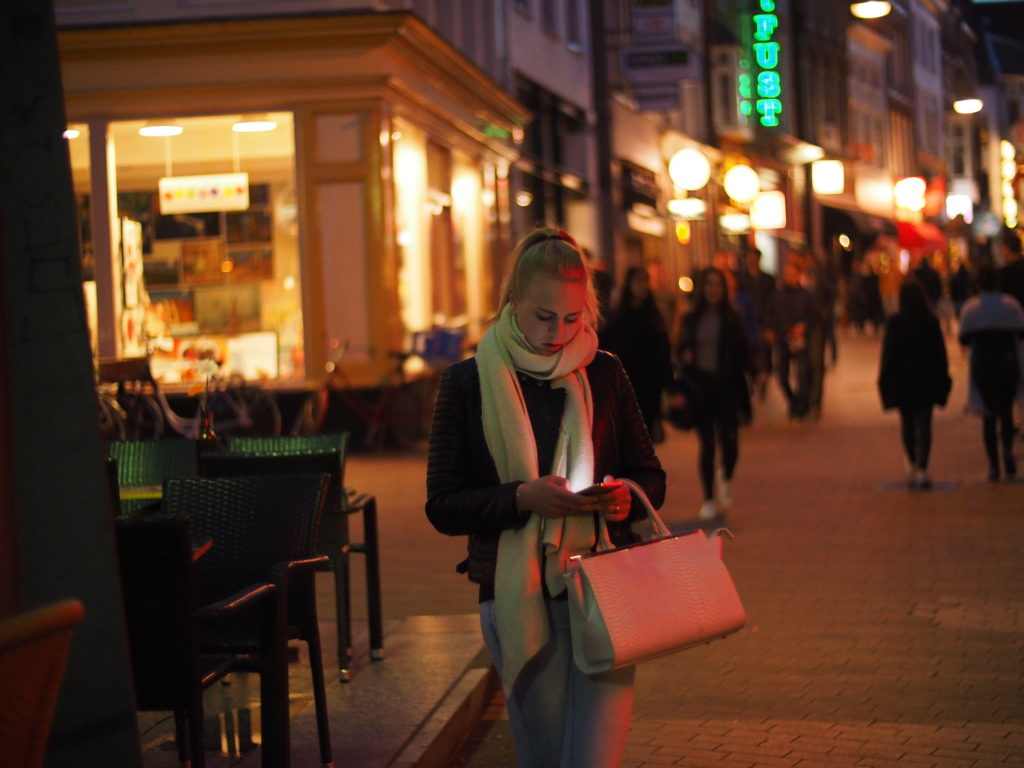
They also provide one extra stop of light collecting power.
Most focal reducers do not allow communication between the lens and the camera. This is because often the lens used is not from the same system as the camera, for example a Canon lens on a Panasonic camera. Metabones do produce some SpeedBoosters that allow communication with Canon lenses but these are more expensive.
Teleconvertors
These have been around a long while and were very popular before the advent of digital. They work in the opposite way to focal reducers, spreading the light out to give an effective increase in focal length. The most common sizes of multipliers are x1.4 x1.7 and x2. This is the magnification each will give when attached to a given lens. Using a x1.7 teleconverter on a 100mm lens will give you an equivalent field of view of a 170mm lens. Unlike focal reducers, teleconverters will work on all sensor sizes not just cropped sensors.

Teleconverters boost your focal length giving a narrower field of view.
There are some caveats though. Unlike focal reducers there will be some significant loss of image quality, getting worse the more you multiply the lens. Because you are spreading the light coming through the lens over a larger area you also reduce the aperture. As a rule of thumb a x1.4 converter will reduce your aperture by 1 stop and a x2 converter, 2 stops.
The other issue you have to consider is the increased likelihood of camera shake.
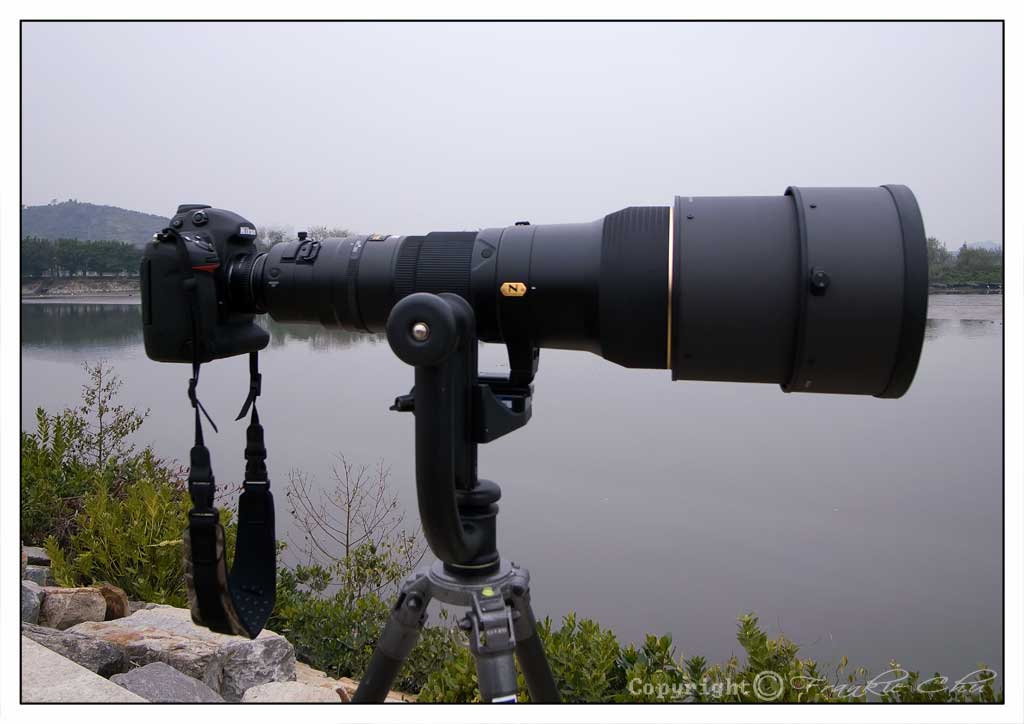
As well as slight image quality loss, you will also reduce your aperture too.
Most camera and lens manufacturers produce teleconverters but you have to be careful that the model you use is compatible with the lens. There are some lenses that will not work. Unlike focal reducers, teleconverters often allow communication between the lens and camera meaning you retain autofocus and autoexposure.
Lens adapters are useful things to have if you are on a budget. These days focal reducers are probably more common than teleconverters as they allow faster apertures and wider angles on smaller sensors. They also do not reduce image quality anywhere near as much as teleconverters.
Either way, they can get you out of a tight spot if you shot on a budget or if your current lenses cannot cover the focal length you need.

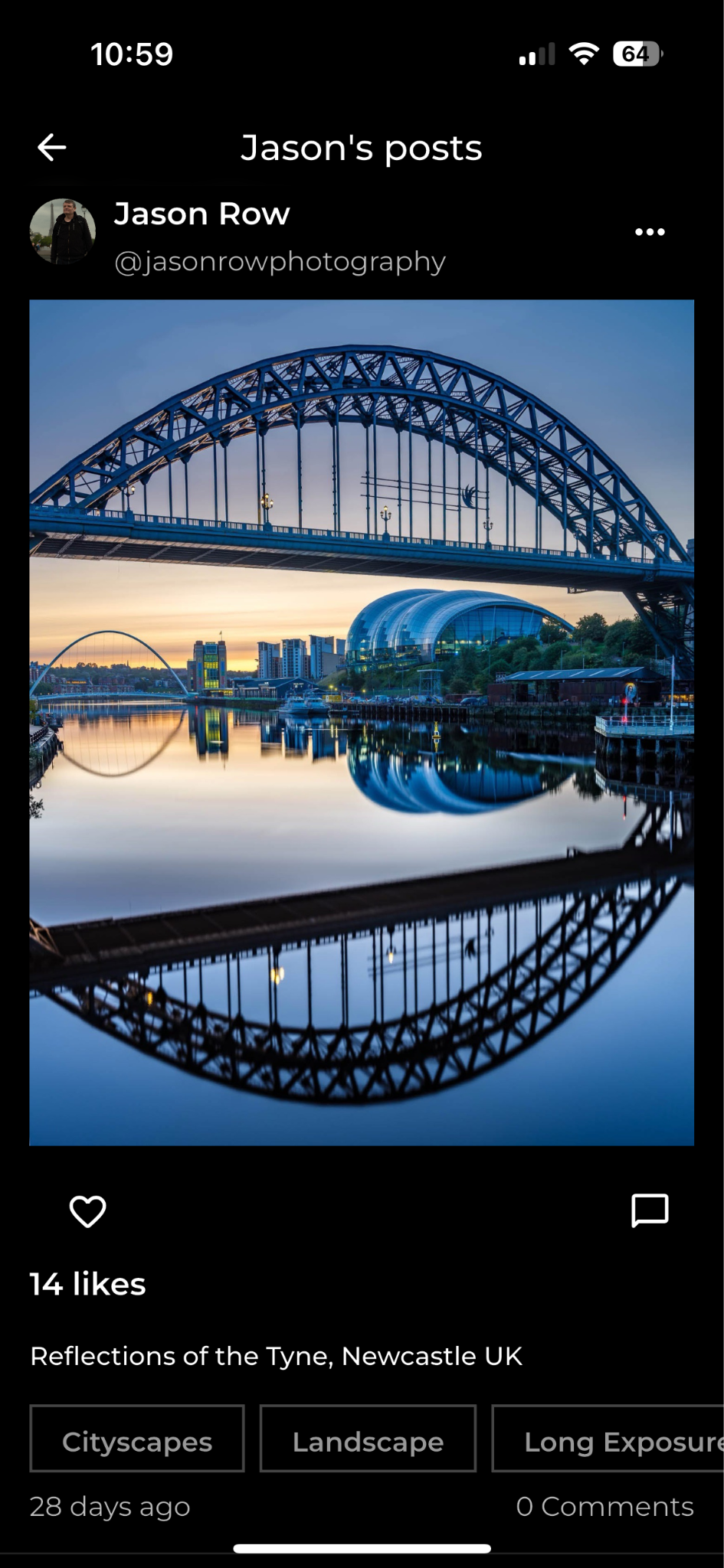
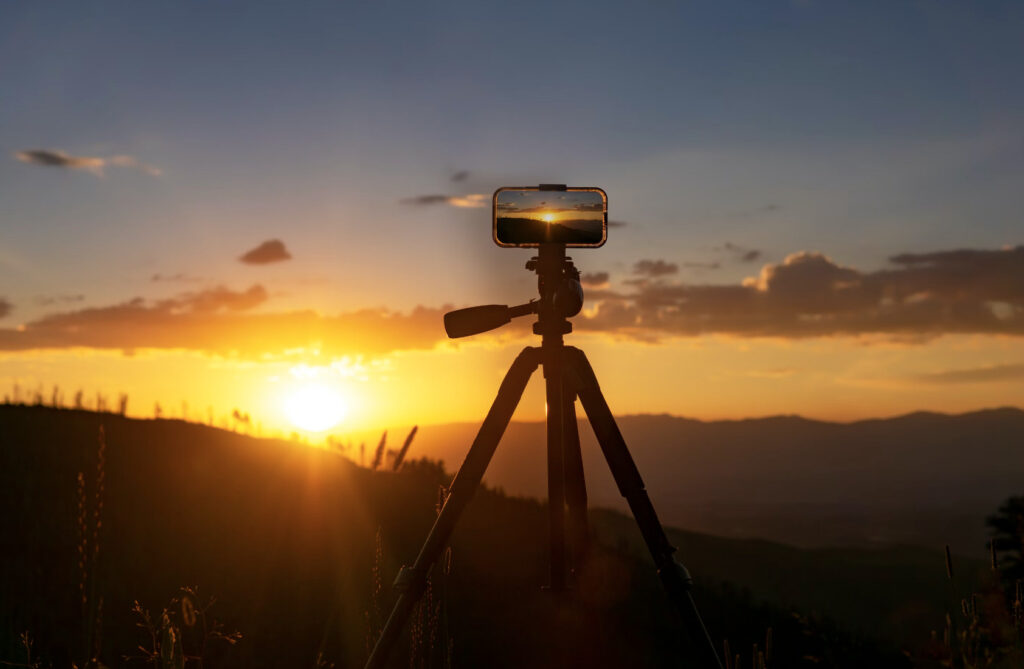

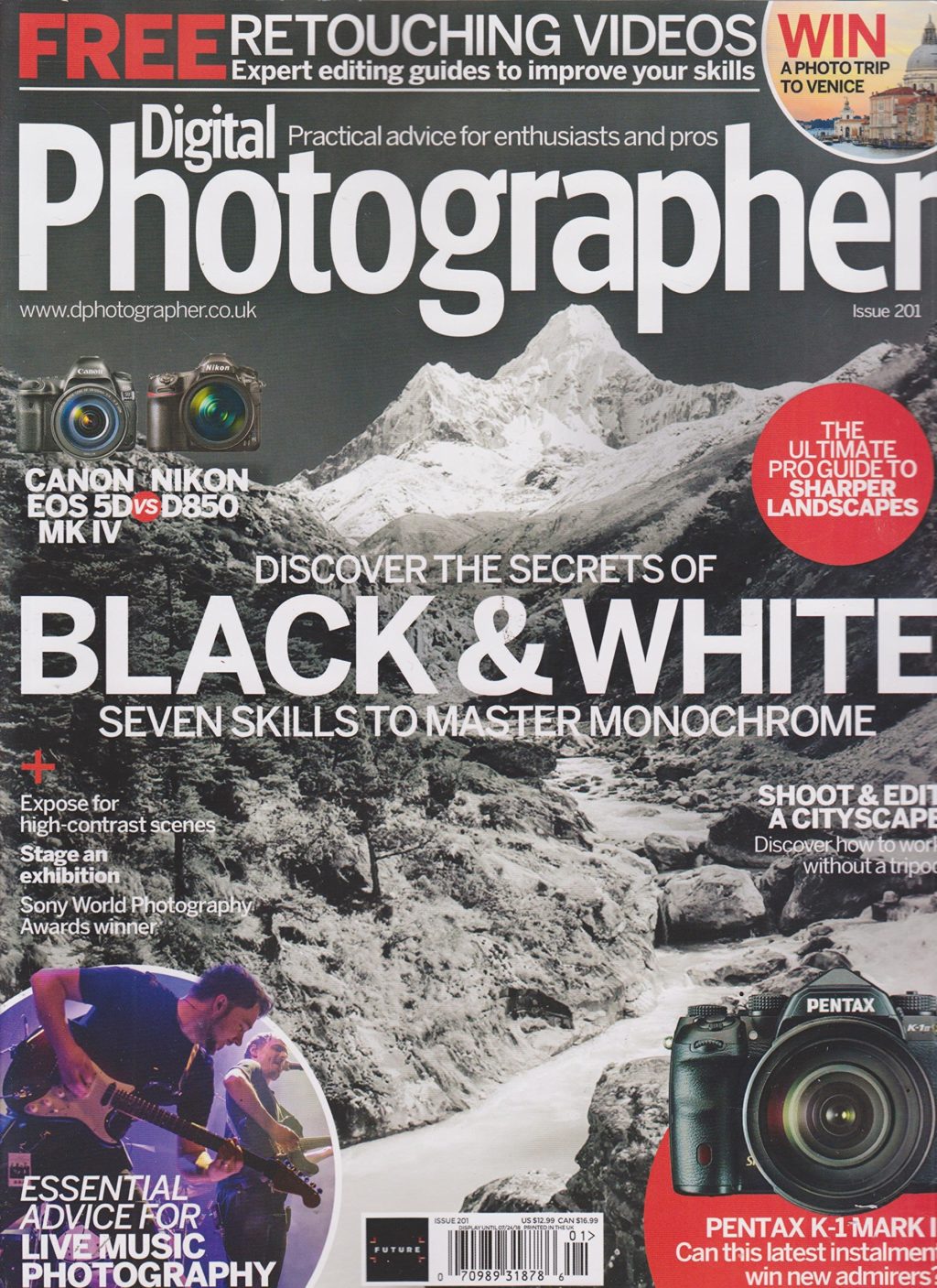
1 Comment
Imagine this is particularly useful for smaller sensor camera users wanting wide angles